Leopard plants, also known as Ligularia, are prized for their striking appearance in any garden. Their large, heart-shaped leaves have unique markings resembling leopard spots, providing a dramatic and exotic look that’s hard to miss. Their foliage is a vibrant and lush green, creating a striking contrast against other plants in your garden.
Their bold appearance makes them a popular choice in landscaping where they can be used to add texture, movement and interest to any design. They can be planted in shady areas, under trees, or near water features where they can thrive and shine the most.
Leopard plants are also known for being low maintenance and easy to care for, making them an ideal choice for both novice and experienced gardeners alike.
No products found.
Light Requirements for Leopard Plants
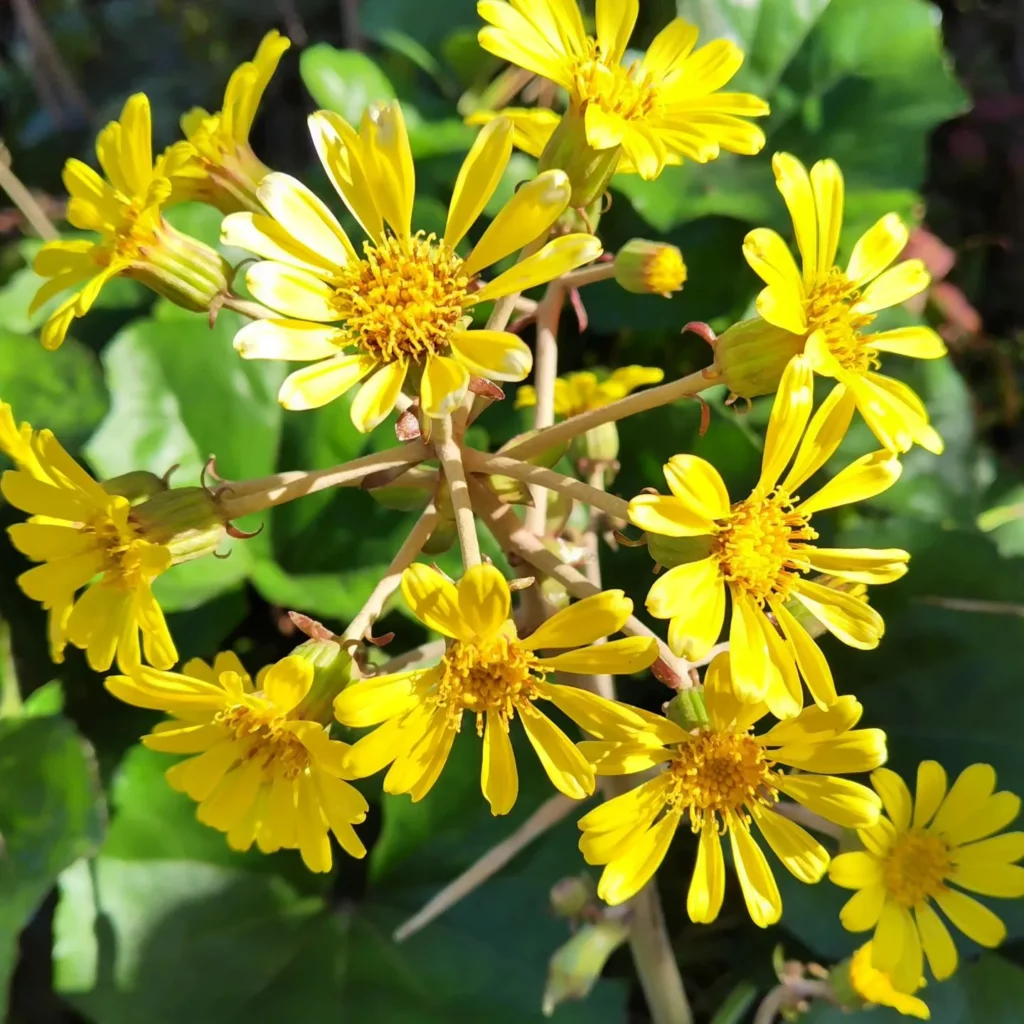
Leopard plants require partially shaded areas to thrive. Providing dappled sunlight or morning sun with afternoon shade is ideal for these plants. Direct, intense sunlight can damage their delicate leaves, so it is important to find the right balance of light to promote healthy growth.
To prevent leaf scorching, it is best to avoid placing leopard plants in areas with too much direct sunlight. Instead, choose an area with filtered light or shaded spots that receive some sun exposure. With the right amount of light, these plants will reward you with stunning, vibrant foliage.
- Leopard plants thrive in partially shaded areas
- They prefer dappled sunlight or morning sun with afternoon shade
- Avoid placing them in direct, intense sunlight to prevent leaf scorching
- Balance of light is crucial for their healthy growth
Proper Watering for Leopard Plants

Leopard plants require moderate watering to keep their lush foliage looking its best. Ensure the soil is consistently moist but not waterlogged by providing proper drainage. Poor drainage can lead to root rot, which can be detrimental to the health of the plant. Regular watering is crucial, especially during dry periods, to maintain optimal growth. When watering, take care not to water the foliage directly, as it can lead to damage or disease.
No products found.
- Water leopard plants regularly to maintain soil moisture
- Avoid overwatering to prevent waterlogging and root rot
- Ensure proper drainage by providing a well-draining soil mix and pot or garden bed
Fertilizing Leopard Plants
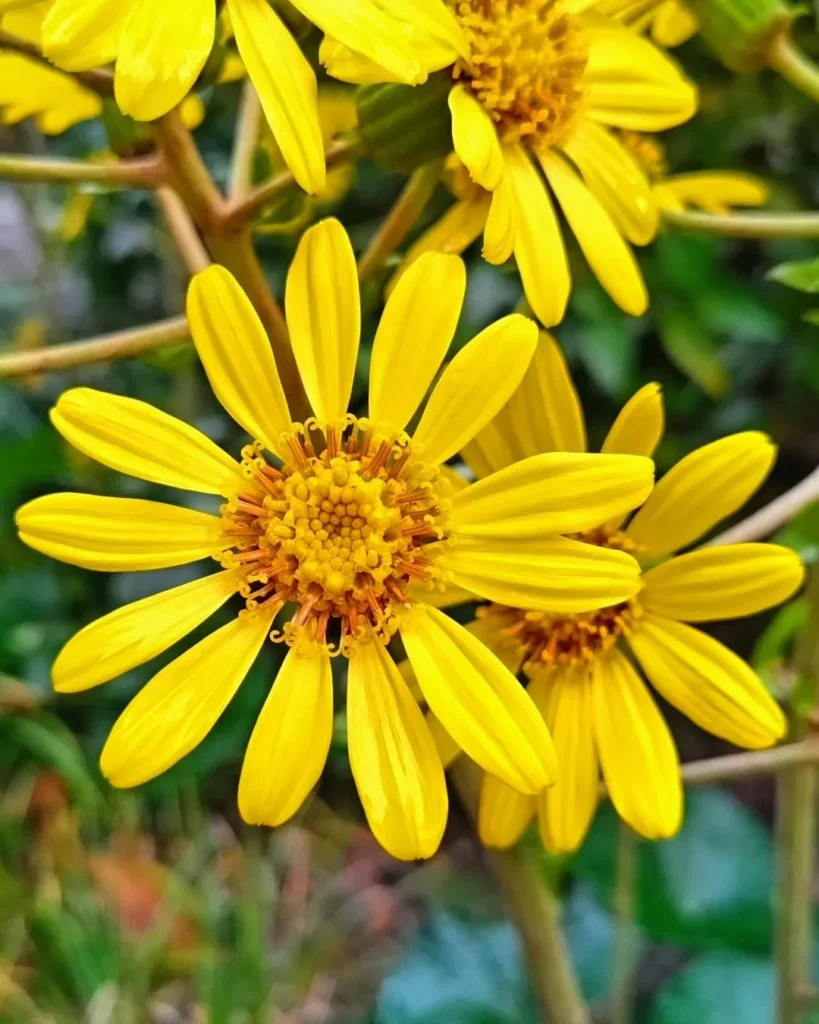
Leopard plants are hungry for nutrients and require regular fertilization in the growing season. A balanced, slow-release fertilizer rich in nutrients like nitrogen, phosphorus, and potassium can help them thrive. Apply the fertilizer following the package instructions and be cautious not to over-fertilize, as it can lead to excessive leaf growth and reduced spotting.
No products found.
Nutrient deficiency can cause stunted growth, yellowing leaves, and poor flowering. Leopard plants require adequate amounts of essential nutrients to maintain healthy foliage and vibrant blooms.
Consider testing the soil to determine nutrient levels before fertilizing. This can help you identify any deficiencies and add the right amount of fertilizer to sustain the plant’s growth.
Potting Leopard Plants
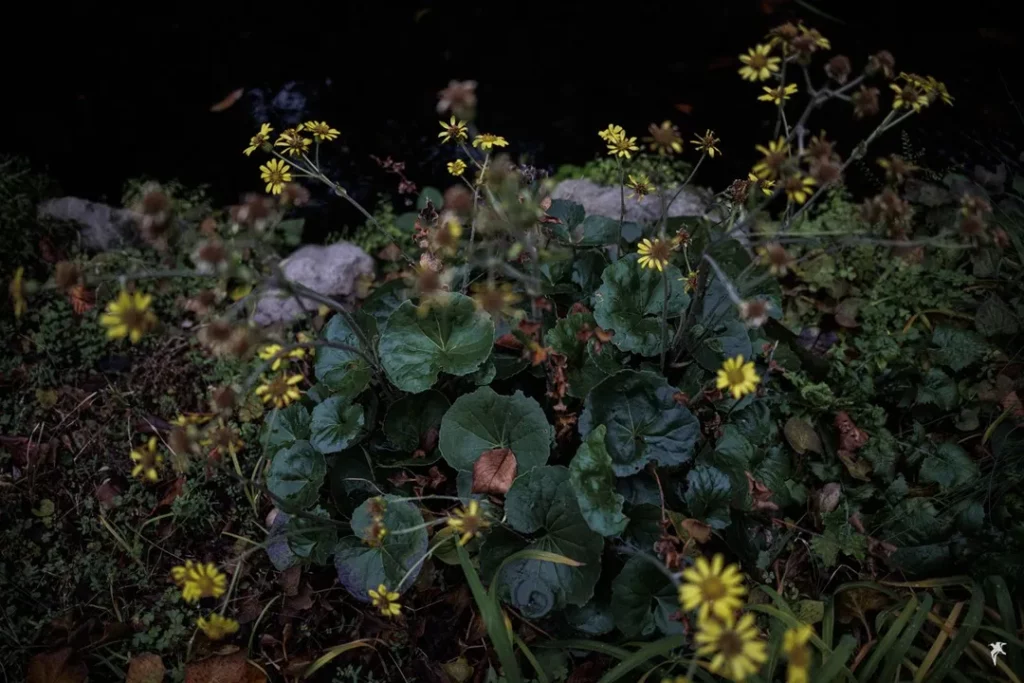
Leopard plants are not just limited to garden beds but can also thrive beautifully in containers. Container gardening with leopard plants is an excellent option for those with limited garden space, patios, or balconies.
When potting your leopard plant, keep in mind that they require well-draining soil to avoid waterlogging, which can lead to root rot. Use a high-quality potting mix and select a container that suits the plant’s size and accommodates its root system.
If you notice that your leopard plant is becoming root-bound, it’s time to repot it. Root-bound plants experience restricted growth, and their health starts to deteriorate. Repotting gives more room for the roots to expand and allows the plant to continue growing healthily.
Potting and caring for your leopard plant in containers can add a unique dimension to your garden landscape and create a versatile garden design that you can change or move around whenever you please.
Propagating Leopard Plants
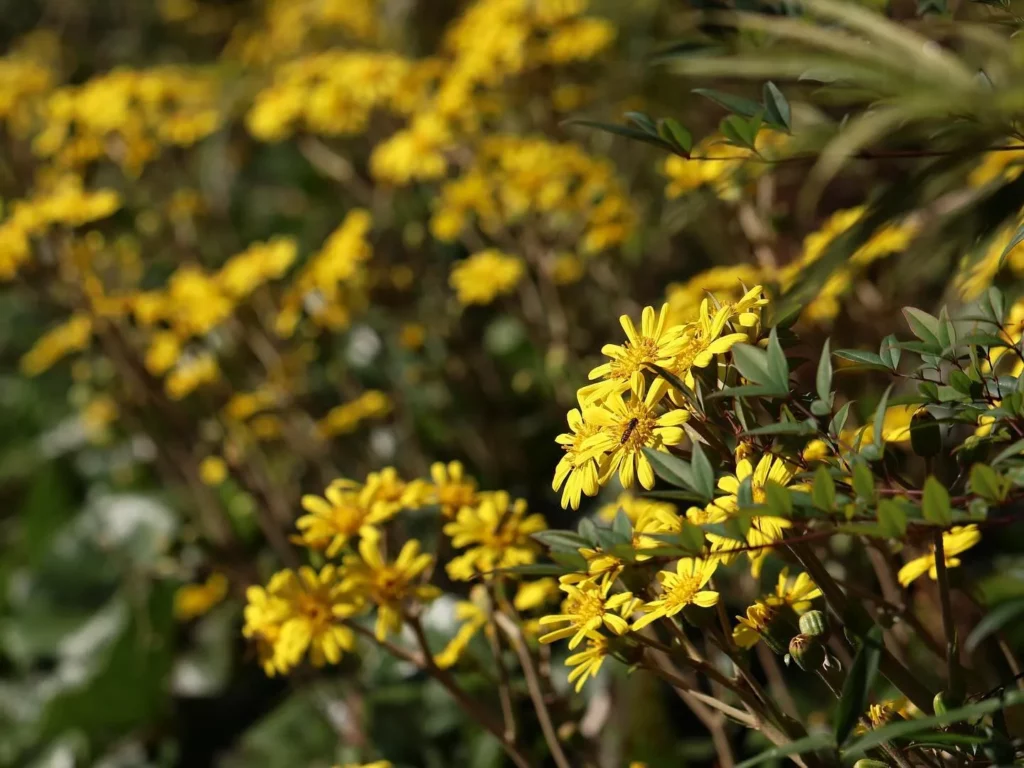
Leopard plants is an easy-to-grow plant that can reproduce by either division or cuttings. Dividing mature plants in the spring or fall can help create new plants and invigorate existing ones. To divide a mature plant, carefully dig up the entire plant, then separate the root ball into multiple clumps, ensuring each clump has some leaves and roots. Replant each clump into a prepared hole with compost and water well.
Leopard plants can also be propagated using stem cuttings. Take a cutting that is approximately 6 inches in length, making sure it has at least three to four leaves. Remove the lower leaves from the stem and dip the cut end in rooting hormone powder. Plant the cutting in a well-draining soil mixture, in a pot with proper drainage holes. Place the pot in a bright, indirect light area and keep the soil slightly moist. After 3-4 weeks, you should start to see new plant growth, indicating that roots have developed.
Growth and Development of Leopard Plants
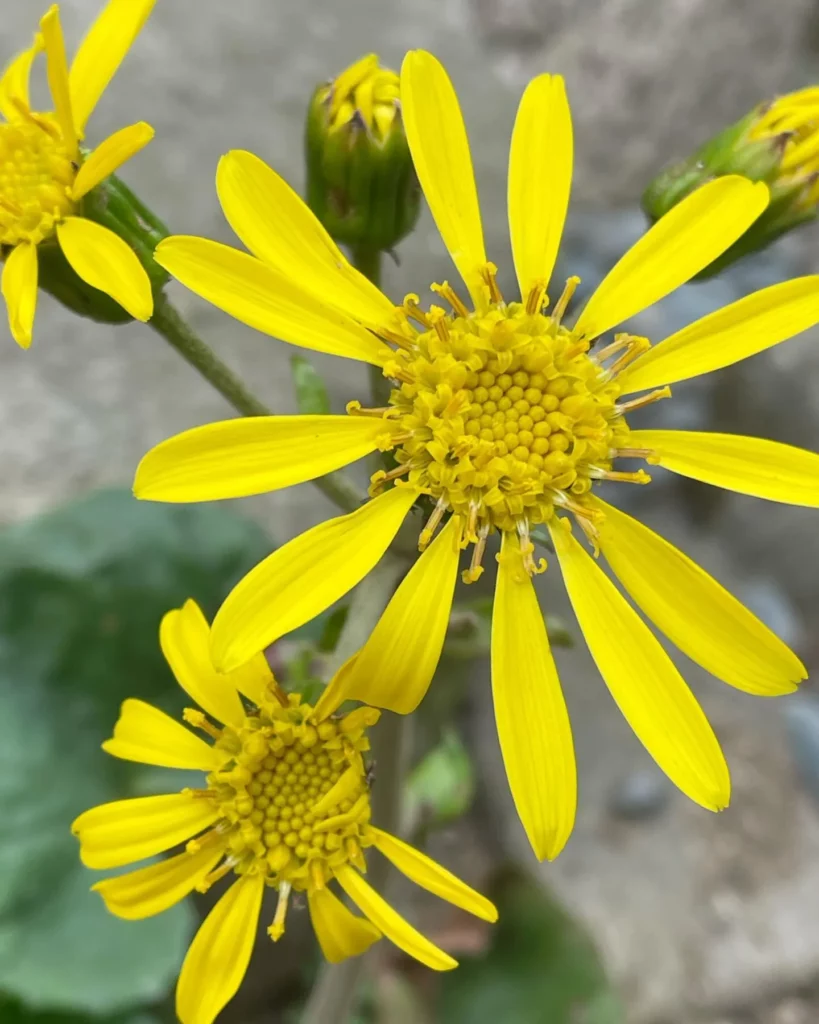
Leopard plants are known for their impressive size and ability to fill up gaps in your garden. Under the right conditions and with the proper care, these plants can reach up to 3 feet in both height and width, forming dense clumps that showcase their abundant foliage.
With gradual growth, leopard plants can develop stunning displays that capture the attention of any garden enthusiast. Make sure to provide them with sufficient light, moisture, and nutrients to promote their healthy growth and watch them flourish.
Dealing with Pests and Diseases for Leopard Plants

Leopard plants are typically hardy and resistant to most pests and diseases. However, they can still fall prey to common garden afflictions such as snails, slugs, and aphids. To protect your plants, it’s important to conduct regular inspections of their leaves and stems. Detecting the signs of pests early and treating them immediately can help prevent an infestation from taking hold.
Additionally, leopard plants may develop diseases like powdery mildew if they’re exposed to too much moisture or have inadequate air circulation. Providing sufficient drainage and spacing between plants can help prevent these conditions. Watering your plants at the right intervals and avoiding overwatering is also key.
To ensure your leopard plants stay happy and healthy, be proactive in preventing pests and diseases. Maintain proper growing conditions and perform ongoing monitoring so you can detect and address any issues as soon as they arise.
- Regularly inspect the leaves and stems of your plants for signs of pests.
- Treat pest infestations promptly to prevent them from spreading.
- Provide proper drainage and spacing to prevent moisture-related diseases.
- Avoid overwatering and ensure adequate air circulation.
Leopard Plant Care in Winter
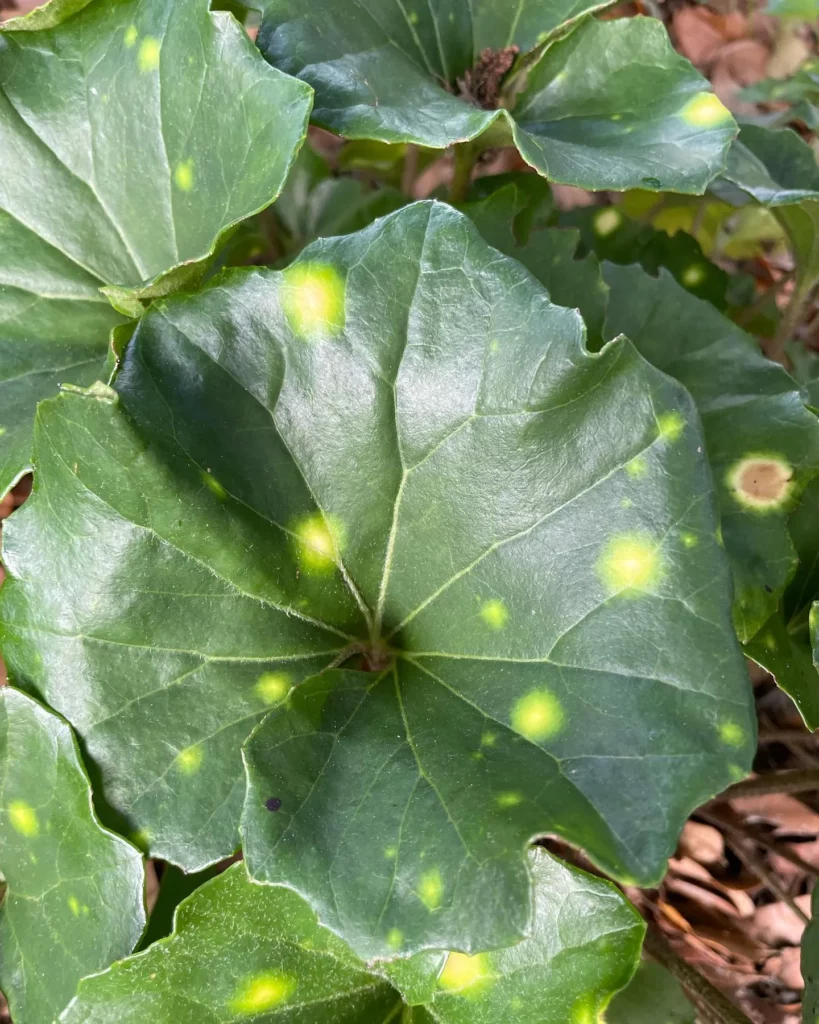
Leopard plants are a beautiful addition to any garden, but it’s important to take care of them during the winter months. These plants are generally hardy in USDA zones 4-9 but may struggle with frost and freezing temperatures in colder regions. To protect them during the winter, consider taking these steps:
- Mulching: Apply a layer of mulch around the base of the plant to insulate the roots and retain moisture.
- Covering: Cover the plant with a protective material such as burlap or frost cloth to keep the foliage from freezing and protect it from harsh winds.
- Watering: Water the plant deeply before the ground freezes to ensure it has enough moisture to survive the winter.
Creating an Alluring Garden with Leopard Plants
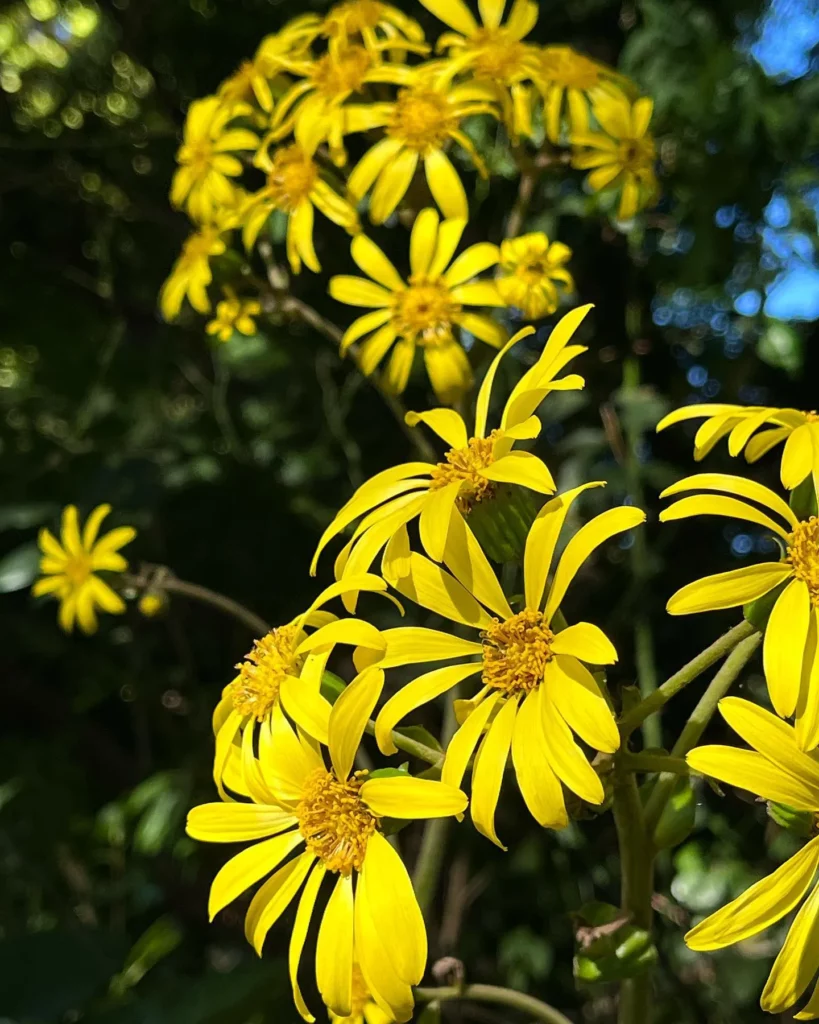
Incorporating leopard plants into your garden design can add a touch of exoticism and drama to your overall landscaping. These unique plants have striking foliage that can provide texture, height, and visual interest to any garden.
Consider combining leopard plants with other shade-loving perennials such as ferns and hostas to create a lush and captivating garden landscape. Mix and match different varieties of leopard plants to add depth and variation to your garden design.
When positioning your leopard plants in your garden, be mindful of their light requirements. Leopard plants thrive in partially shaded areas, so consider planting them under taller trees, or in areas that get dappled sunlight or morning sun with afternoon shade.
Proper watering and fertilization are also key to maintaining your leopard plants’ health. Avoid overwatering and over-fertilizing, as both can negatively affect the plants’ growth and development.
Incorporating leopard plants into your garden design is a great way to add a unique touch of color and texture. With some careful planning and preparation, your garden can become an alluring and captivating landscape.
Leopard Plant Care: A Recap
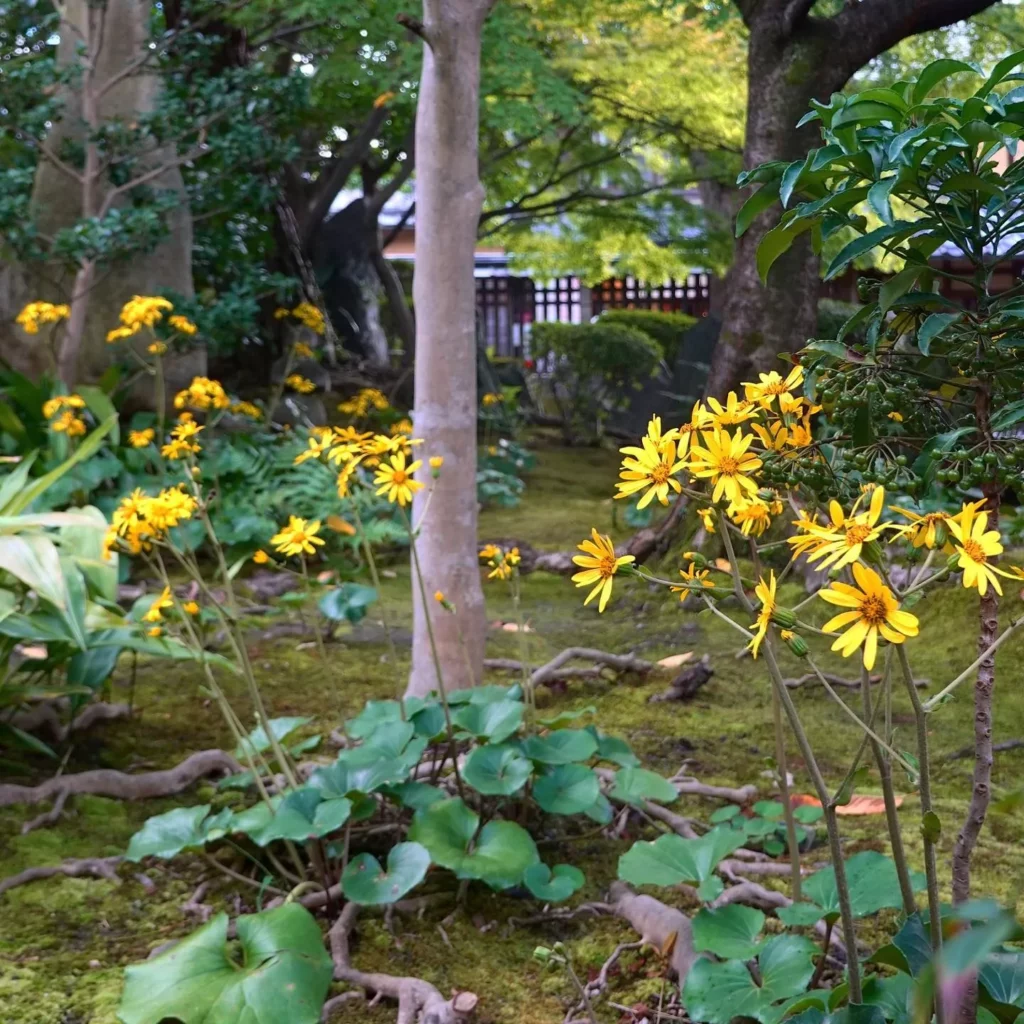
Leopard plants, also known as Ligularia, are stunning plants that can thrive in partially shaded areas. To keep your leopard plants healthy, remember the following key points:
- Leopard plants require dappled sunlight or morning sun with afternoon shade to prevent leaf scorching.
- Keep the soil consistently moist but avoid waterlogging by ensuring good drainage.
- Use slow-release fertilizer during the growing season to provide essential nutrients.
- Leopard plants can be grown in containers, but ensure adequate potting mix and repotting.
- Propagation of leopard plants can be done through division or cuttings.
- Inspect regularly to prevent pest infestations and avoid diseases through proper watering and air circulation.
- Protect your leopard plants during winter with mulching and covering.
- Incorporate leopard plants with other shade-loving plants to create captivating garden landscapes.
By following these tips, you can grow a lush garden full of the striking foliage of leopard plants. Happy gardening!
FAQ
How do leopard plants contribute to garden aesthetics?
Leopard plants, also known as Ligularia, have eye-catching foliage with unique markings resembling leopard spots. They add drama and exoticism to any garden landscape.
What are the light requirements for leopard plants?
Leopard plants thrive in partially shaded areas, preferring dappled sunlight or morning sun with afternoon shade. Direct intense sunlight should be avoided as it can damage their delicate leaves.
How often should leopard plants be watered?
Leopard plants require consistently moist soil, but it should not be waterlogged. Regular watering is necessary, especially during dry periods, to maintain the lushness of their foliage.
Do leopard plants need fertilization?
Yes, leopard plants benefit from regular fertilization during the growing season. A balanced, slow-release fertilizer should be used to provide essential nutrients. Care should be taken not to over-fertilize, as it can result in excessive leaf growth with reduced spotting.
Can leopard plants be grown in containers?
Yes, leopard plants can be grown in containers. It is important to use a well-draining potting mix and choose a container that accommodates the plant’s root system. Regular repotting may be required to ensure healthy growth.
How can leopard plants be propagated?
Leopard plants can be propagated through division or stem cuttings. Dividing mature plants in spring or fall allows for the creation of new plants and rejuvenation of existing ones. Stem cuttings can be rooted in water or a suitable rooting medium.
How large do leopard plants grow?
Leopard plants can reach heights and widths of up to 3 feet. They form dense clumps over time, filling gaps in the garden with their abundant foliage.
What are common pests and diseases affecting leopard plants?
Leopard plants can face challenges from pests such as slugs, snails, and aphids. Regular inspection and prompt action can help prevent infestations. Proper watering and adequate air circulation are essential to avoid diseases like powdery mildew.
How should leopard plants be cared for during winter?
In colder regions (USDA zones 4-9), leopard plants may require winter protection. Mulching the base of the plant and covering it with a protective material can help insulate the roots and foliage from freezing temperatures.
How can leopard plants be incorporated into garden design?
Leopard plants can make a bold statement in garden design. Their unique foliage adds texture, height, and visual interest. Consider combining them with other shade-loving plants like ferns and hostas to create a lush and captivating garden landscape.
What are the key care tips for leopard plants?
Key care tips for leopard plants include providing partial shade, maintaining consistently moist but well-drained soil, regular fertilization, and taking precautions against pests and diseases. Additionally, proper winter care and thoughtful integration into garden design contribute to their overall health and aesthetic appeal.





